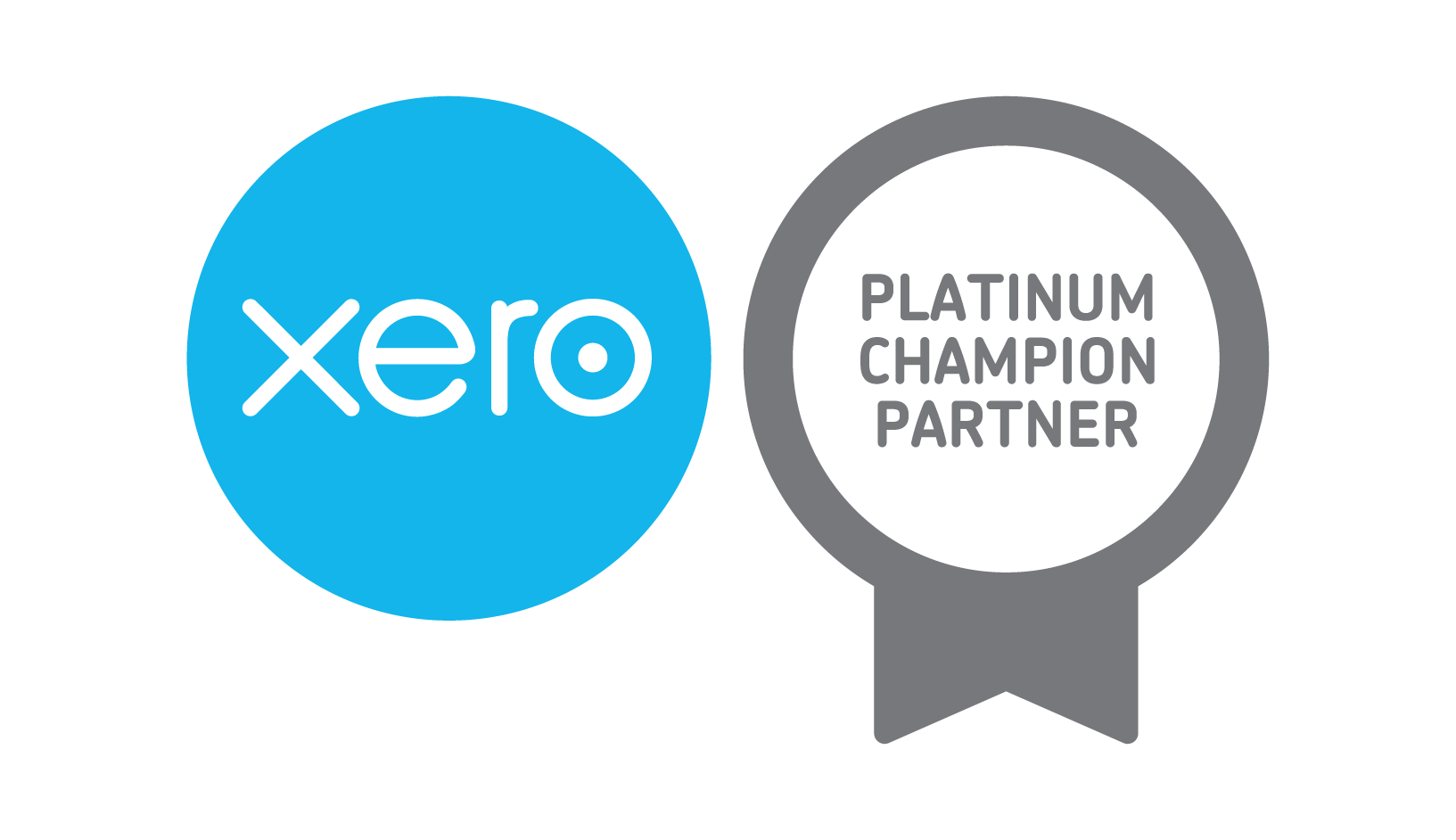Coronavirus Job Retention Scheme: Flexible Working Update
On Friday 12 June the Government released detailed guidance about the upcoming changes to the Coronavirus Job Retention Scheme (CJRS) which aims to make it more flexible. The CJRS scheme was put in place to cover the wages of staff that were furloughed during the crisis and we know from our experience in the business community that the scheme has been helpful for many businesses.
What is changing from 1 July?
From 1 July, employers can bring furloughed employees back to work for any amount of time and any work pattern, while still being able to claim the grant for the hours not worked. This provides Employers with the flexibility to bring back staff in a phased way that matches their business needs. From 1 July, only employees that employers have successfully claimed a previous grant for will be eligible for more grants under the scheme. This means they must have previously been furloughed for at least 3 consecutive weeks taking place any time between 1 March and 30 June 2020. For the minimum 3 consecutive week period to be completed by 30 June, the last day an employee could have started furlough for the first time was 10 June.
Employers will be able to flexibly furlough employees – this means they can bring your employees back to work for any amount of time, and any work pattern. Employers will still be able to claim the furlough grant for the hours your flexibly furloughed employees do not work, compared to the hours they would normally have worked in that period.
The same rules apply about which employees qualify for the furlough scheme and for those that do qualify, the number of employees you claim for in any single claim period starting from 1 July cannot exceed the maximum number of employees that were claimed for under any claim ending by 30 June. For example, an employer had previously submitted three claims between 1 March 2020 and 30 June, in which the total number employees furloughed in each respective claim was 30, 20 and 50 employees. Then the maximum number of employees that employer could furlough in any single claim starting on or after 1 July would be 50.
From 1 July, agreed flexible furlough agreements can last any amount of time, although the specified period of a claim must be for a minimum period of 7 days. Employees can enter into a flexible furlough agreement more than once which gives employers flexibility to change arrangements in line with their business requirements.
Where a previously furloughed employee starts a new furlough period before 1 July this furlough period must be for a minimum of 3 consecutive weeks. This is the case regardless of whether the 3 consecutive week minimum period ends before or after 1 July. For example, a previously furloughed employee can start a new furlough period on 22 June which would have to continue for at least 3 consecutive weeks ending on or after 12 July. After this the employee can they can then be flexibly furloughed for any period.
After 1 July, employers cannot make claims that cross calendar months, so the employer will need to make a separate claim for the period up to 30 June.
What do employers need to discuss and agree with their employees?
Employers should discuss with their staff and make any changes to the employment contract by agreement. When employers are making decisions in relation to the process, including deciding who to offer furlough to, equality and discrimination laws will apply in the usual way.
To be eligible for the grant, employers must have confirmed to their employee in writing that they have been furloughed. Employers must:
- make sure that the agreement is consistent with employment, equality and discrimination laws
- keep a written record of the agreement for five years
- keep records of how many hours your employees work and the number of hours they are furloughed (i.e. not working)
The employee does not have to provide a written response and you do not need to place all your employees on furlough.
What is changing from 1 August and beyond?
Although there are no changes to the amount the Government is contributing towards the wages of employees within CJRS scheme in July, there will be with effect from 1 August. The changes announced on the 29 May were previously set out in our email on 1 June. Employers will gradually be asked to share some of the costs related to CJRS with the Government in a phased way from 1 August.
Further guidance
Detailed guidance in relation to the changes to the CJRS can be found at the HMRC website here
and here
https://www.gov.uk/guidance/claim-for-wage-costs-through-the-coronavirus-job-retention-scheme


